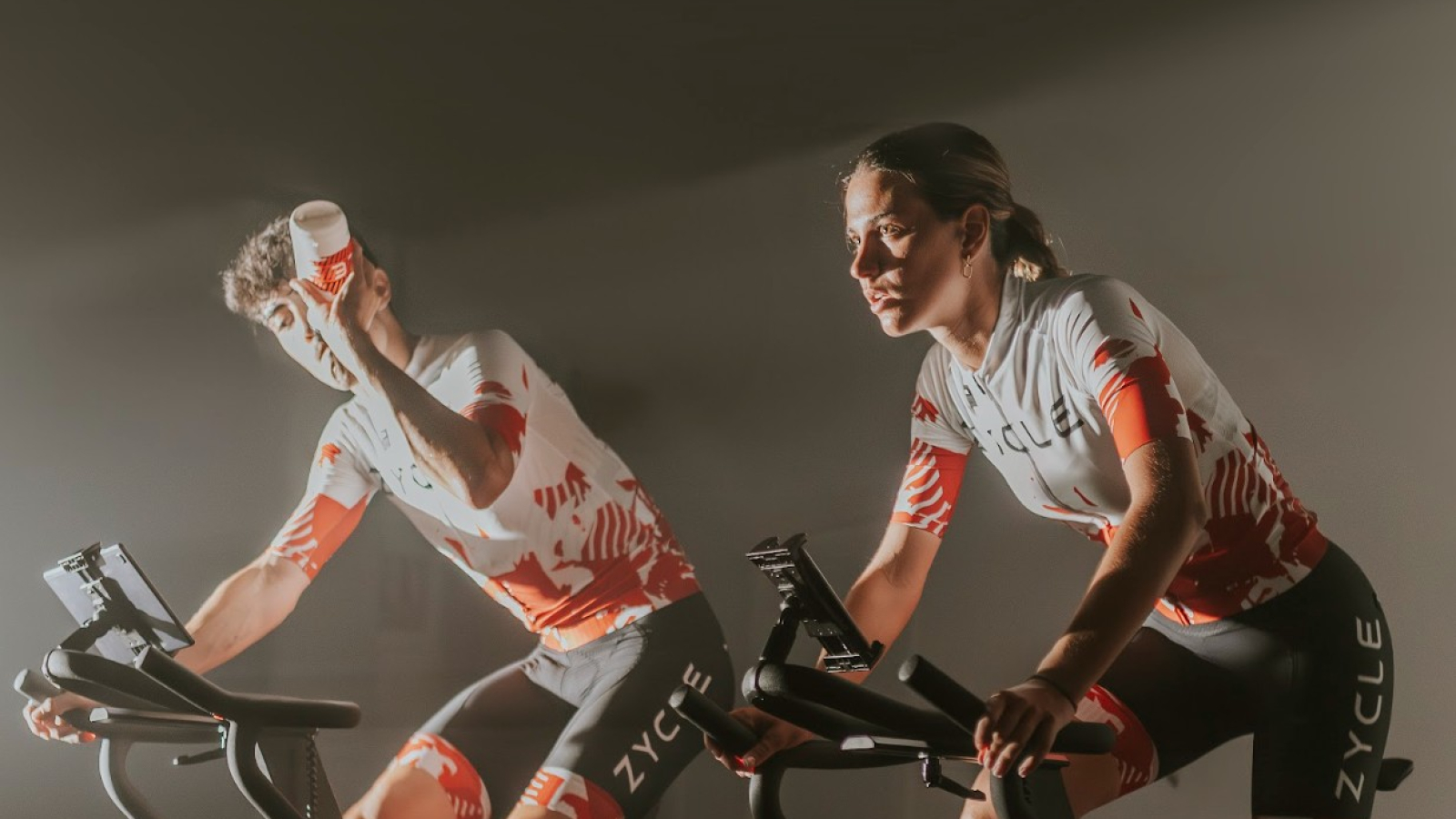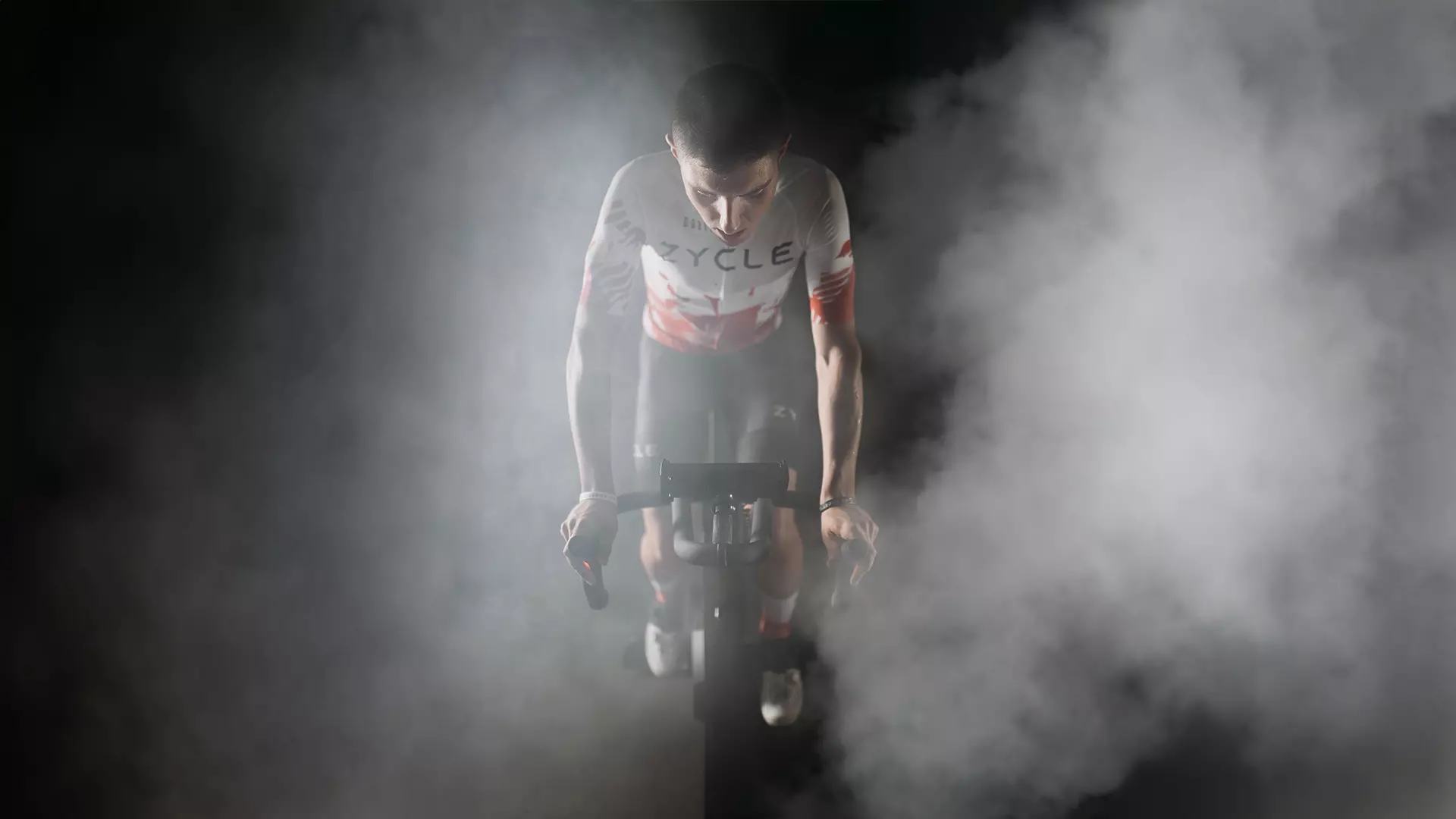Active recovery plays a very important role in the life of any athlete, especially for those who are preparing to perform at their best and carry out their daily routines efficiently. This is due to the advantages it offers. In this article, we explain exactly what it is and how you can do it, among other things. Keep reading to find out more!
What is active recovery?
Active recovery is a technique used in sports that involves performing low-intensity physical activity after an intense training session. Its main objective is to promote muscle regeneration, improve blood circulation, and eliminate metabolic waste such as lactic acid, which accumulates during exercise. Unlike total rest, which involves physical inactivity, active recovery keeps the body moving without causing additional fatigue. This strategy is especially useful in endurance disciplines such as cycling, as it speeds up recovery without compromising future performance. It can be implemented at the end of a demanding workout or on intermediate days within a weekly plan.
Among the most notable benefits are: reduction of post-workout muscle soreness (DOMS), injury prevention, improved flexibility, and reduced risk of overtraining. For this reason, active muscle recovery has become a key component of any well-designed sports routine, and its correct application can make the difference between stagnation and continuous performance improvement.
The importance of active recovery in cycling

In cycling, both outdoors and indoors, training sessions often involve long periods of cardiovascular work, intense effort, and high muscular demands. That’s why active recovery is an essential tool for maintaining training continuity without overfatiguing the body. When practicing indoor cycling with ZYCLE sports equipment, you have the advantage of being able to control all external factors: temperature, resistance, cadence, and time. This makes it easy to perform specific active recovery sessions. For example, after a demanding interval class or a long ride on the roller, you can spend 15-20 minutes pedaling gently with minimal resistance, allowing the circulatory system to eliminate accumulated metabolic waste.
In addition, active recovery in indoor cycling also promotes mental relaxation. Many cyclists use this phase to focus on their breathing, listen to soft music, or simply connect with their body, which reduces the stress associated with training. Including recovery exercise sessions after physical activity also helps identify muscle areas that may be overworked, preventing discomfort from turning into injury. Therefore, it is not just about recovering, but about continuing to build a solid foundation for future performance.
Active recovery exercises in indoor cycling
Implementing active recovery in indoor cycling is easier than it seems. All you need is proper planning and knowledge of the tools available, such as the ZBike 2.0 bike or ZYCLE smart rollers, which allow you to adjust the intensity to a minimum with precision. Some recommended active recovery exercises in indoor cycling are:
- Gentle pedaling in zone 1: This is the basis. Perform sessions of 20 to 30 minutes at a very low intensity (50–60% of your maximum heart rate). It is ideal after hard workouts or as a regenerative session between heavy days.
- High cadence with low resistance: Pedaling at 90–100 rpm with minimal resistance helps loosen the legs, mobilize the joints, and oxygenate the muscles.
- Breathing and postural control work: During active recovery, you can also work on technique, deep breathing, and correct posture on the bike. This improves overall pedaling efficiency.
- Stretching on the bike: With the static roller, it is possible to perform gentle neck, shoulder, or back movements while pedaling, which is especially useful for those who spend many hours training.
- Cool-down: After an intense session, spend the final 10–15 minutes gradually reducing the intensity, allowing the body to return to a basal state gradually.
These types of exercises not only improve recovery, but also contribute to the athlete’s overall consistency and well-being. Don’t underestimate the power of a well-planned regenerative session: your legs will thank you for it.
Active recovery and total rest
Although they may seem like opposites, active recovery and total rest complement each other. Both are necessary in a balanced sports plan. Total rest involves a complete cessation of physical activity and is essential in certain situations, such as after an injury, illness, periods of overtraining, or phases of supercompensation. However, overdoing total rest can slow down the muscle recovery process and cause stiffness or loss of mobility. Active recovery, on the other hand, keeps the body moving, facilitating a quicker return to intense activity.
In cycling, it is advisable to alternate between both types of rest depending on the training load and the athlete’s physical condition. For example, after a demanding session, you can do a gentle active recovery session the next day. But if you feel extremely fatigued or have persistent discomfort, it is best to opt for a full day of rest. In this article, you can learn about the difference between active recovery and total rest, as well as the importance of rest in cycling. Ultimately, knowing how to listen to your body is key. Including both approaches in a smart way will improve your performance and allow you to train regularly without overtraining or mental exhaustion.


 Cart is empty
Cart is empty 


